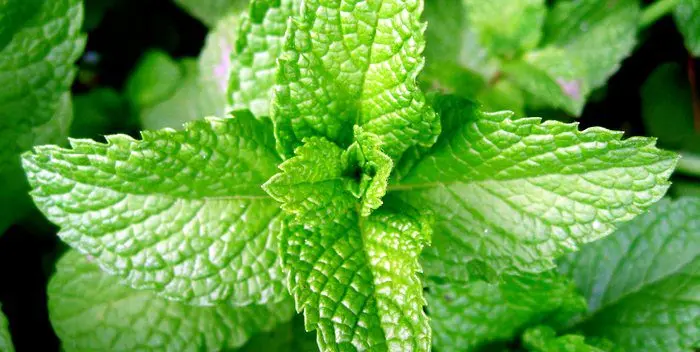
How to choose the right mint?

There are several dozen varieties of mint. Some varieties are radically different from each other in taste and appearance. One sign of this plant is always present – the characteristic aroma. You can buy mint not only fresh, but also dried, chopped and other types. Buying fresh mint involves following some rules.
Fresh mint can be sold:
- in bunches;
- by weight;
- in packages.
You can buy fresh mint in stores, at various retail outlets, including in the market, or grow it yourself. It is necessary to purchase it with caution in tents located near roads. Dust not only settles on the surface of the leaves, but is also absorbed by them.
How to choose mint
When buying mint, you will have to carefully study its appearance, aroma and try to identify all possible defects. If there are many shortcomings, you should refuse to purchase it and look for another seller with a better product.
What kind of mint is worth buying:
- mint should be fresh (visually, it should resemble leaves that have recently grown in the garden);
- the place where the mint is cut should be dry, but not dry;
- there should be no blotches, spots or dried out areas on the mint leaves;
- the color of any kind of mint is always saturated and uniform;
- mint leaves should be even, without damage or defects;
- leaves of some varieties of mint have a wrinkled surface (however, they should be “fleshy” and elastic to the touch);
- mint has a characteristic aroma (if you rub the leaf with your finger, then the aroma should increase several times);
- there should be no rotten or dry leaves in the bunch of mint (if there is at least one rotten leaf in the bunch, the mint will quickly deteriorate);
- mint leaves must be clean (they must be free of dust, plaque, or other types of contamination).
What kind of mint you shouldn’t buy:
- you should refuse to buy mint if there are a lot of dry or rotten leaves in the bunch;
- mint may begin to dry from the tips of the leaves or from the cut, but there should not be even a minimal amount of dried areas on it;
- fresh mint is used, so the leaves should be as fresh and juicy as possible;
- the mint should be firm and cool to the touch (if you put a leaf between your palms, you should feel a characteristic “chill”);
- mint with numerous damaged or torn leaves is also not worth buying;
- it is not recommended to buy wet mint (such leaves will quickly deteriorate);
- if there are spots of unknown origin or plaque on the surface of the mint, then you should not buy it;
- you should not buy mint with signs of wilting (the taste of such mint will be less intense, and you will not be able to decorate the dish with leaves);
- the mint aroma should not contain extraneous odors (for example, dampness, rotting or other unpleasant odors);
- if traces resembling plant diseases are visible on the leaves of mint, then it is not recommended to acquire it;
- any dirt or defects on the leaves should be a reason for refusing to purchase;
- if mint leaves are bright, but excessively wet to the touch, then most likely they begin to deteriorate;
- if mint is odorless, then it was grown with a record number of chemical compositions;
- excessive shine of the leaves is observed in mint, if, during its cultivation or storage, they were treated with special formulations to extend the shelf life or accelerate growth (often such substances cannot be washed off with water, and with regular consumption of such mint, eating disorders can be observed);
- Do not buy mint if its color is uneven or if there are dry areas on the leaves.
If mint is bought in containers, then you need to inspect the leaves as carefully as possible. There should be no accumulation of condensation on their surface, the container should be airtight and not damaged, and the leaves should have an impeccable appearance.









